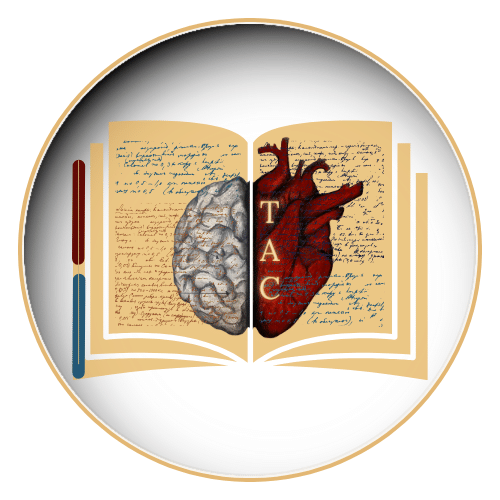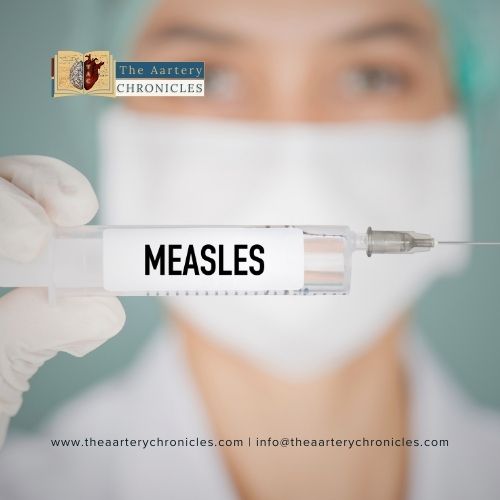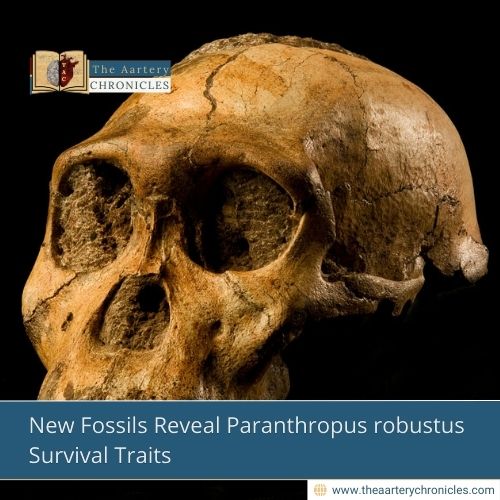

Running Injuries Strike Fast, Not Gradually, Says New Study
Summary: In disagreement with the common myth, the majority of running injuries do not build up over time. they strike suddenly, often during a single workout. A pioneering study by Aarhus University in more than 5,200 runners indicates sudden rises in running distance as the most common cause of overuse injury, refuting the validity of the popular formula used in sports watches for preventing injury. Scientists now suggest an evidence-based, real-time approach to enable runners to train smart and safe.
Do Running Injuries Build Up Over Time? Science Says No.
For years, we’ve believed that running-related injuries develop gradually, resulting from repetitive stress or poor form. But a large-scale study from Aarhus University just turned that theory upside down.
After tracking more than 5,200 runners across 87 countries for 18 months, experts discovered that most running injuries suddenly happen, usually in the course of one exercise, particularly when runners increase their mileage too quickly. This finding marks a paradigm shift in how we understand overuse injuries in the running community.
In the Study: 5,205 Runners, 588,071 Sessions, One Truth
This was the biggest study of this type and was conducted under the Garmin-Runsafe Running Health Study. Researchers gathered information on 588,071 runs during 18 months and discovered that:
- 35% of runners had an injury
- Sharp spikes in distance were strongly associated with the possibility of injury
Let’s drill deeper into the risk based on how far beyond their longest run in the last 30 days runners went:
Distance Increase | Injury Risk Increase |
10–30% | 64% higher risk |
30–100% | 52% higher risk |
Over 100% | 128% higher risk |
Even small increases of over just 1% can add to a high injury rate, challenging the old, much-used 10% rule.
Flawed Fitness Tech: Are Your Sports Watches Misleading You?
The majority of runners use sports watches to maximise their performance and prevent injury. Yet, says the lead author, Dr. Rasmus Ø. Nielsen, the devices are operating with faulty algorithms, specifically the Acute: Chronic Workload Ratio (ACWR).
Developed in 2016, the ACWR algorithm measures the acute load (training over the previous week) as a percentage of the average chronic load (average of the previous three weeks). It recommends avoiding increases in training load by more than 20%.
The catch:
- It was derived from research on only 28 athletes
- It was developed for use in team sports, not solo runners
- Its evidence base is “non-existent” when applied to make predictions of running injury
Millions of runners are unwittingly making training decisions based on unscientific data.
A New Algorithm Backed by Real Science
To achieve this, Nielsen and co-authors have worked on creating a new, evidence-based algorithm specifically for runners over a period of 8 years. The model considers real-time distance comparisons and injury data, unlike ACWR.
What’s new?
The new system might function as a “traffic light” in sports watches:
- Green: Safe training zone
- Yellow: Be wary
- Red: High risk of injury
And the best part? It is not-for-profit and is available for use by athletes, clinicians, app developers, and device companies.
What This Means for Runners
Whether you’re a beginner or marathon veteran, this research delivers a powerful takeaway: Avoid sudden spikes in training volume, even by 10%.
Instead of trusting outdated metrics:
- Monitor increases relative to your longest run in the last month
- Be mindful of abrupt jumps in distance or intensity
- Stay updated on evidence-backed guidance tools
Final Thoughts: Science Over Myth
This study redefining the overuse injury definition and emphasises the need for personalised, evidence-based training comes as wearables and apps become more and more the fitness lifestyle. Precision and evidence must now be the priority.
With a better algorithm in the works, the future of injury-free running is brighter, safer, and at last science-backed.

Dane
I am an MBBS graduate and a dedicated medical writer with a strong passion for deep research and psychology. I enjoy breaking down complex medical topics into engaging, easy-to-understand content, aiming to educate and inspire readers by exploring the fascinating connection between health, science, and the human mind.








